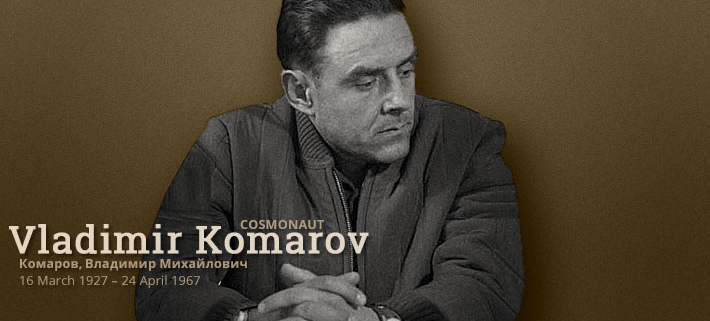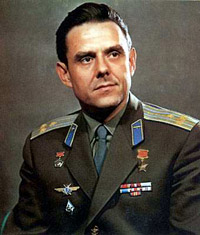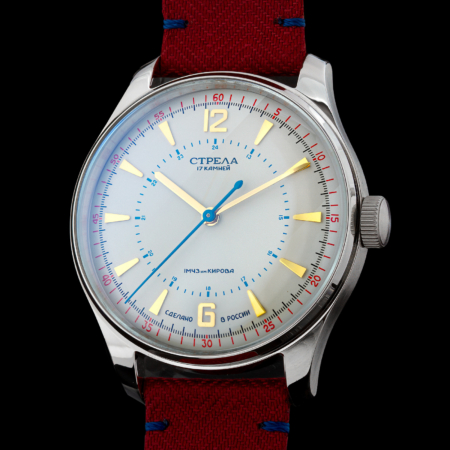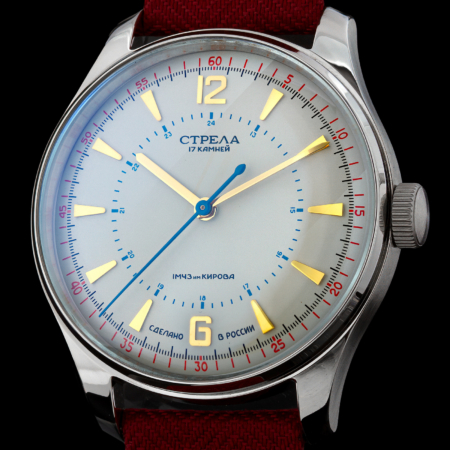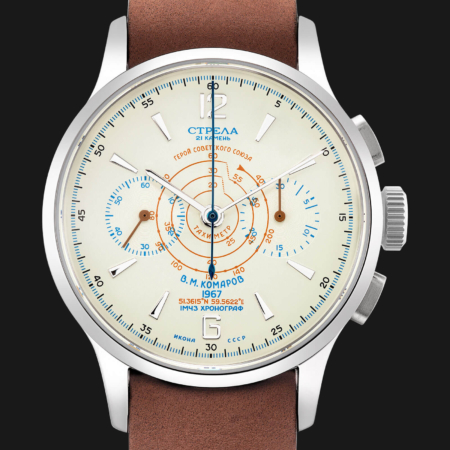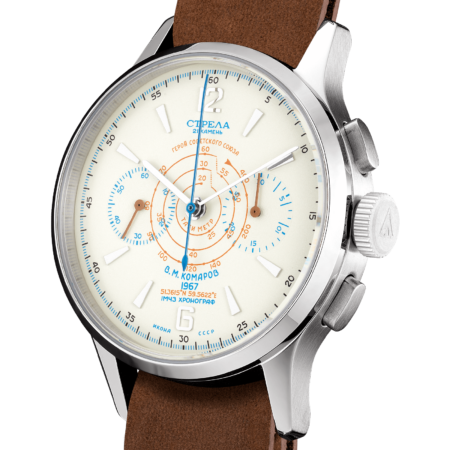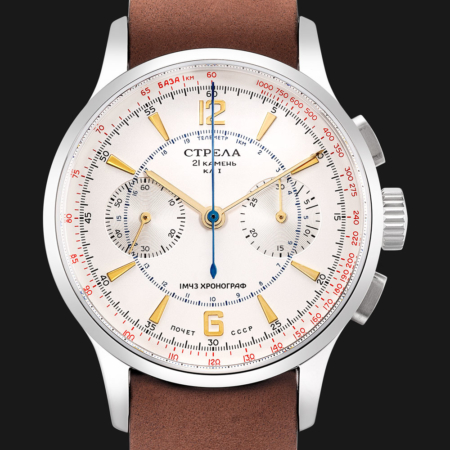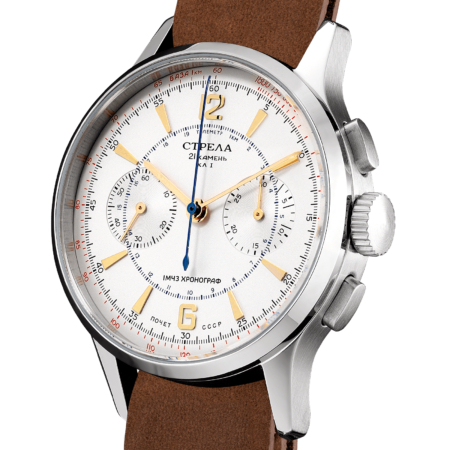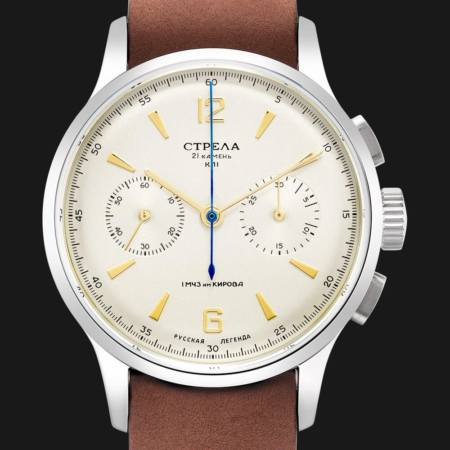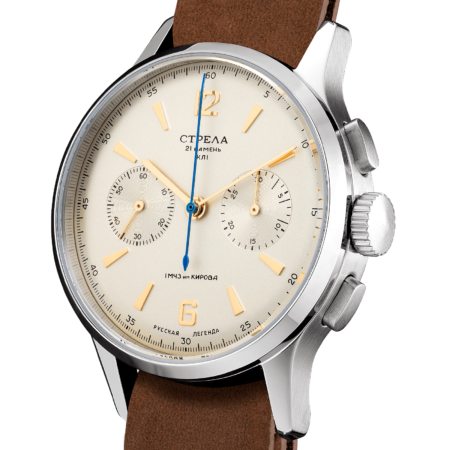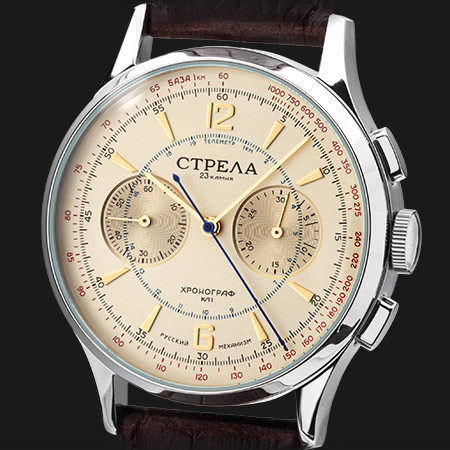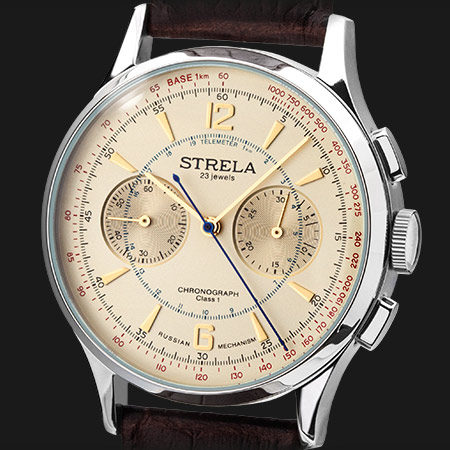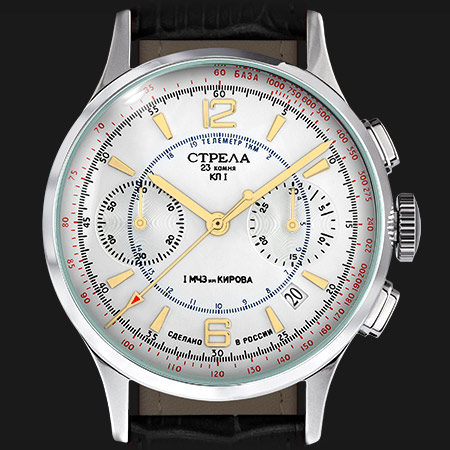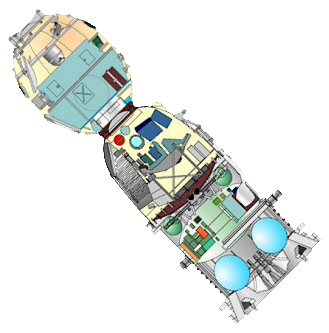The Vladimir Komarov Strela
Vladimir Mikhaylovic Komarov
(Born March 16, 1927, Moscow – April 24, 1967, Orenburg Oblast) was a Soviet cosmonaut. He was the first Soviet cosmonaut to travel into space more than once, and the first human to die during a space mission, on Soyuz 1. (Wikipedia)
1967 April 23 | 00:35 GMT | Soyuz 1 launch
Launch Site: Baikonur. Launch Complex: Baikonur LC1. LV Family: R-7. Launch Vehicle: Soyuz 11A511. LV Configuration: Soyuz 11A511 U15000-04. Crew: Komarov. Backup Crew: Gagarin. Payload: Soyuz 7K-OK s/n 4. Mass: 6,450 kg (14,210 lb). Nation: USSR. Related Persons: Komarov; Gagarin. Agency: MOM. Program: Soyuz. Class: Manned. Type: Manned spacecraft. Flight: Soyuz 1; Soyuz 2A. Spacecraft: Soyuz 7K-OK. Duration: 1.12 days. Decay Date: 1967-04-24. USAF Sat Cat: 2759 . COSPAR: 1967-037A. Apogee: 223 km (138 mi). Perigee: 197 km (122 mi). Inclination: 50.8000 deg. Period: 88.70 min.
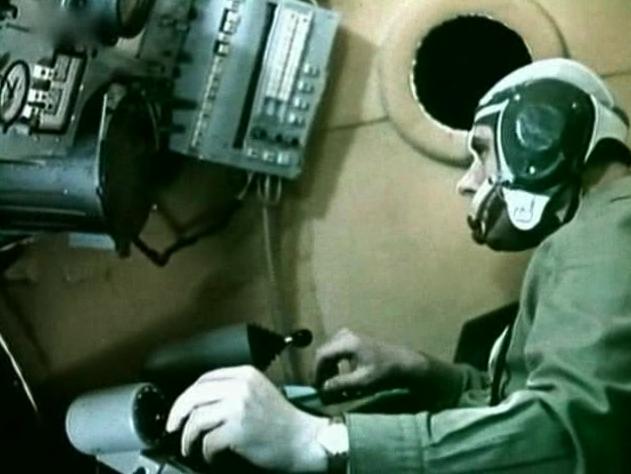
Vladimir Komarov during a mission training
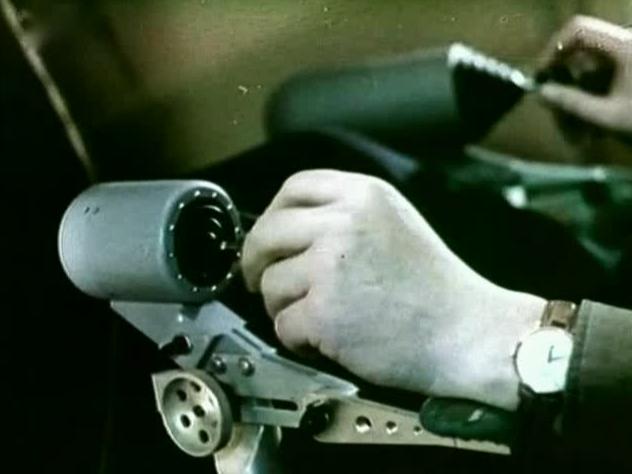
Vladimir Komarov during a mission training
1967 April 24 | Crash of Soyuz 1
Cosmonaut Vladimir Mikhailovich Komarov is killed at age 40. Return Crew: Komarov. Nation: USSR. Related Persons: Komarov. Program: Soyuz. Flight: Soyuz 1. The decision was made to bring Komarov back due to an undeployed solar panel which reduced electrical power and blocked orientation sensors. Re-entry was successful and the drag chute deployed. However due to a flaw during manufacture, the parachute compartment housing was too rough and the main parachute would not deploy. Komarov released the reserve chute, but it became tangled with the drag chute. The descent module crashed into a field near Orenburg at 03:24 GMT.

More details about the Soyuz 1:
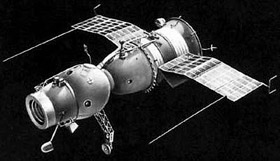 Soyuz 1 ended in a space disaster that put back Soviet lunar program 18 months. Soyuz 1 as active spacecraft was launched first. Soyuz 2, with a 3 man crew would launch the following day, with 2 cosmonauts spacewalking to Soyuz 1. However immediately after orbital insertion Komarov’s problems started. One of the solar panels failed to deploy, staying wrapped around the service module. Although only receiving half of the planned solar power, an attempt was made to manoeuvre the spacecraft. This failed because of interference of the reaction control system exhaust with the ion flow sensors that were one of the Soyuz’ main methods of orientation.
Soyuz 1 ended in a space disaster that put back Soviet lunar program 18 months. Soyuz 1 as active spacecraft was launched first. Soyuz 2, with a 3 man crew would launch the following day, with 2 cosmonauts spacewalking to Soyuz 1. However immediately after orbital insertion Komarov’s problems started. One of the solar panels failed to deploy, staying wrapped around the service module. Although only receiving half of the planned solar power, an attempt was made to manoeuvre the spacecraft. This failed because of interference of the reaction control system exhaust with the ion flow sensors that were one of the Soyuz’ main methods of orientation.
Kamanin’ account: Before the launch, the cosmonauts have a special meeting with VVS Marshals, and confirm the technical readiness and reliability of the spacecraft. The launch proceeded normally. On the second orbit, Komarov reported: ‘Conditions are poor. The cabin parameters are normal, but the left solar panel didn’t deploy. The electrical bus is at only 13 to 14 amps. The HF communications are not working. I cannot orient the spacecraft to the sun. I tried orienting the spacecraft manually using the DO-1 orientation engines, but the pressure remaining on the DO-1 has gone down to 180.’ Komarov was ordered to continue orienting to the sun using the DO-1, as this would still be the most economical use of fuel and energy. A few minurtes later two 3-channel telemetry signals were received. Yegorov said these showed cabin pressure 560 mm and zero pressure in the DO-1 – obviously incorrect values. Komarov was asked what his cockpit readings were – ‘760 mm pressure in the cabin, 180 on DO-1, and 14 amps on the power bus. Solar batteries not deployed, cannot orient to the sun’ was the reply. It was clear that the spacecraft could not fly for three days in these conditions. After five hours of trying, Komarov still could not orient to the sun. The ion sensors were not working, and manual orientation was difficult. Between the 7th and 13th revolutions there were no communications with the capsule. It was not within the radius of UHF ground stations and the HF communications were not working. The time was allocated to crew rest, and Komarov in any case had to convserve his use of electricity.
Source: astronautix.com: Mission facts: Souyz 1
These are some of the sad images from the crash site near Orenburg:
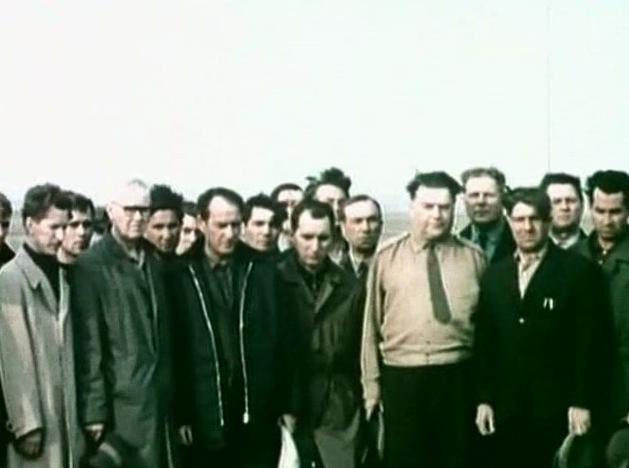
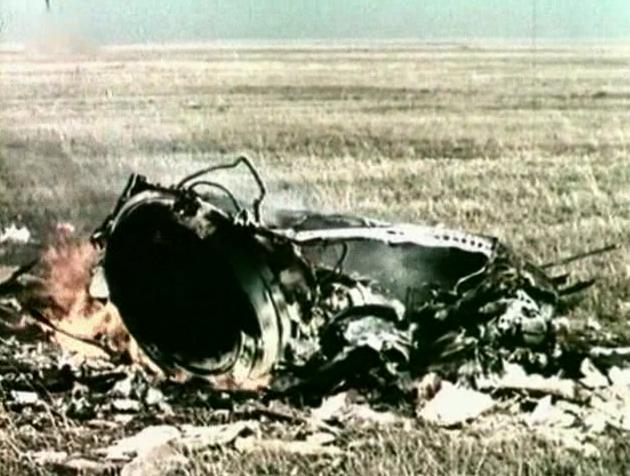
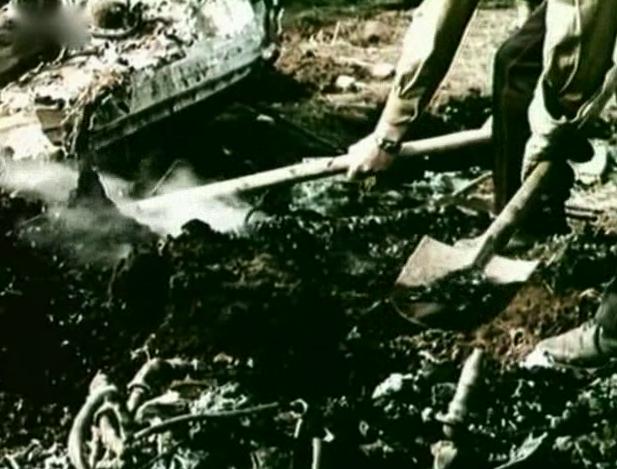
The Vladimir Komarov Strela. A tragic picture.
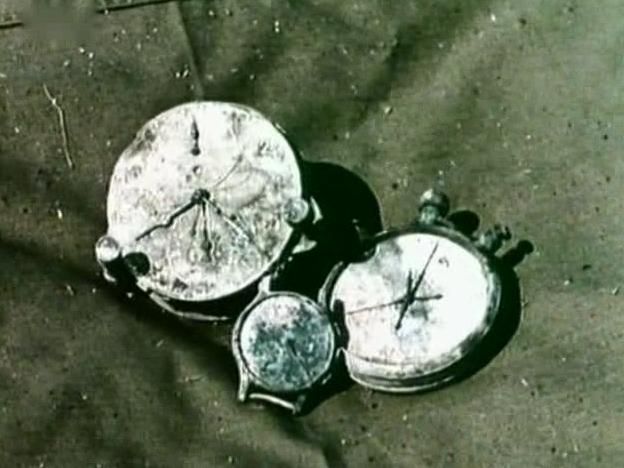
The Vladimir Komarov STRELA salvaged from the rubble
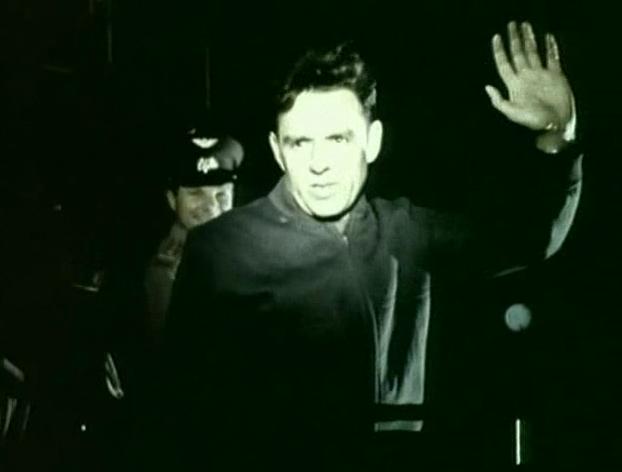
Farewell Vladimir! We see us beneath the stars…

